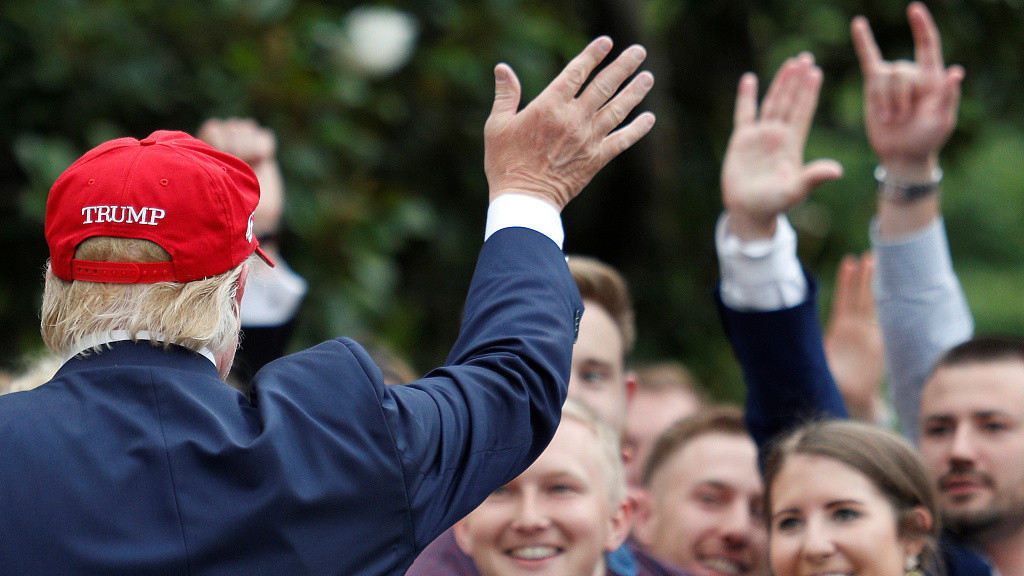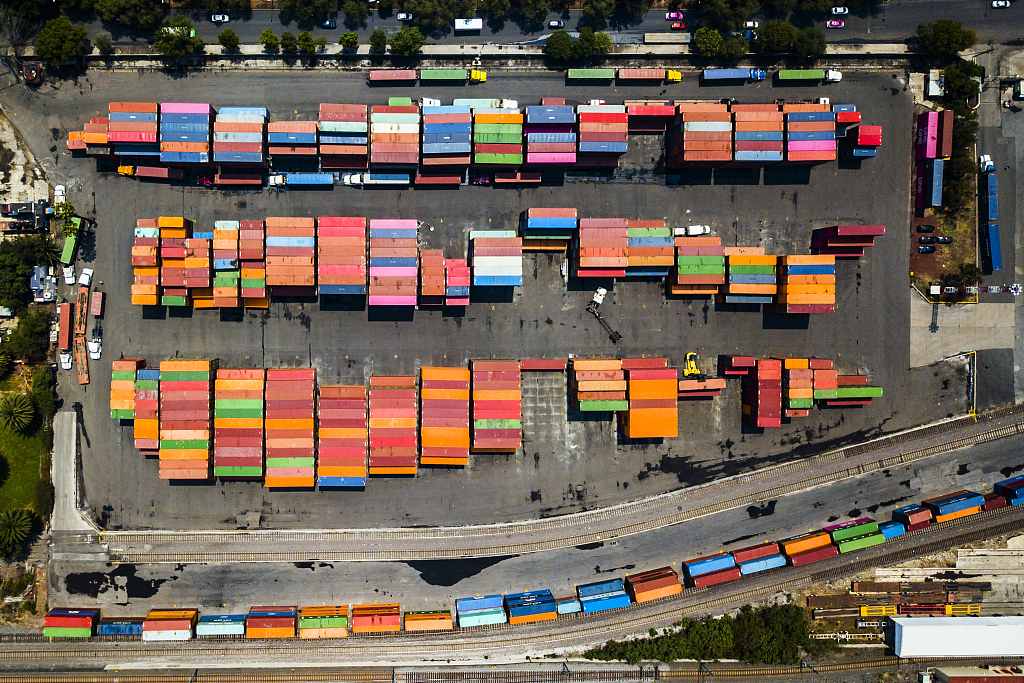
Analysis
20:00, 08-Jun-2019
This time both the U.S. and Mexico have blinked
Zhao Yuanzhen

In a staring contest or any contest for that matter, endurability is often the key to final victory. But sometimes when the opponent is too strong, and you know there's simply no win if anyone gets hurt badly, the game may soon end. And this time, both the U.S. and Mexico have blinked.
It has been eight days since the U.S. announced that it would impose five percent additional tariffs on all Mexican imported goods, and it would ramp up the tariffs rate every month to 25 percent in October if Mexico did not take actions over immigration issue on the Southern border. The two have successfully reached an agreement before the Monday deadline to halt Trump's tariffs plan.
"The Mexican economy is highly dependent on the U.S., and so the tariffs would be a huge blow," explained Jiang Shixue, a professor at the Institute of Global Studies at Shanghai University, adding, "In this case, Trump's fire and fury policy could actually work."
As the two countries sharing a 2,000-mile (3,218-kilometer) border, their economies are highly integrated, especially after the North American Free Trade Agreement entered into force in 1994. Mexico is America's third largest trading partner, and foreign direct investment (FDI) to both countries is still on the rise. Early in a Fox Business interview, University of Maryland economist Peter Morici even claimed that "the Mexican economy is really an extension of the U.S. economy and vice versa."

Export freight containers with Mexican produced goods are ready to be shipped to the U.S. in the Pantaco customs complex on June 7, 2019, in Mexico City, Mexico. /VCG Photo
Export freight containers with Mexican produced goods are ready to be shipped to the U.S. in the Pantaco customs complex on June 7, 2019, in Mexico City, Mexico. /VCG Photo
More importantly, as the trade stand-off between the U.S. and China shows no sign of easing, many U.S. enterprises are looking south to Mexico to avoid tariffs cost on Chinese goods.
Perhaps also because of the enormous pressure that Trump himself faces from his own party and his close advisers, the deal was quickly reached.
But could the deal do the work Trump hoped it would, to "greatly reduce, or eliminate illegal immigration?" It is unlikely, at least not in the long term.
According to a statement by the U.S. Department of State, Mexico would increase deployment of its National Guard throughout Mexico, especially at its northern border; it would also offer jobs, healthcare, and education to those who seek asylum to America. Further action could also be taken if these measures do not deliver expected results.
"The border issue has been there for decades, even Trump cannot solve it once and for all with his tariffs plan," said Jiang, "You have the world's richest country right there while your born country is suffering from poverty and political turbulence. Unless the root problem is addressed, immigrants will come."
In the meantime, there have been immigration flows to the U.S. because there is a real demand for unskilled workers. As the baby boomers are retiring and more people are receiving a college education, there is a worker shortage of blue-collar positions rather than computer engineers. Immigrants workers, both documented and undocumented, from Central American countries, have been filling these positions. According to the U.S. Bureau of Labor Statistics, immigrants made up for 16.9 percent of the U.S. workforce in 2016. And they do pay taxes: It is estimated that those undocumented immigrants paid a total of 11.4 billion U.S. dollars in taxes in 2014.

Migrants wait to have their number on a waiting list to be called to have an initial interview with United States asylum office on June 5, 2019, in Ciudad Juarez, Mexico. /VCG Photo
Migrants wait to have their number on a waiting list to be called to have an initial interview with United States asylum office on June 5, 2019, in Ciudad Juarez, Mexico. /VCG Photo
The U.S. government has already taken harsh measures against illegal immigrants from Latin American countries in the past. Trump's great wall plan, as many controversies it may have raised, is not the first in its kind. Former U.S. president George W. Bush signed an act in 2006 that authorized a 700-mile (1,127-kilometer) fencing wall along the U.S.-Mexican border. The number of illegal immigrants went down immediately, but over ten years later, Trump is still negotiating a deal with Mexico.
It is not hard to find that America's policy over illegal immigration in history is consistent in a way. During its prosper years, when the U.S. needs plenty of workers, it would loosen its immigration policy to let more immigrants in. During an economic low, it would tighten its border policy to respond to the anti-immigrant sentiment and play the victim card.
In a way, the U.S. may had no intention of "solving" the illegal immigration issue as it has become an integrated part of U.S. politics that politicians use to rally support. Trump's border wall and his later policies are nothing new; and just like old policies, it will not be effective, not in the long run.
(If you want to contribute and have specific expertise, please contact us at opinions@cgtn.com.)

SITEMAP
Copyright © 2018 CGTN. Beijing ICP prepared NO.16065310-3
Copyright © 2018 CGTN. Beijing ICP prepared NO.16065310-3